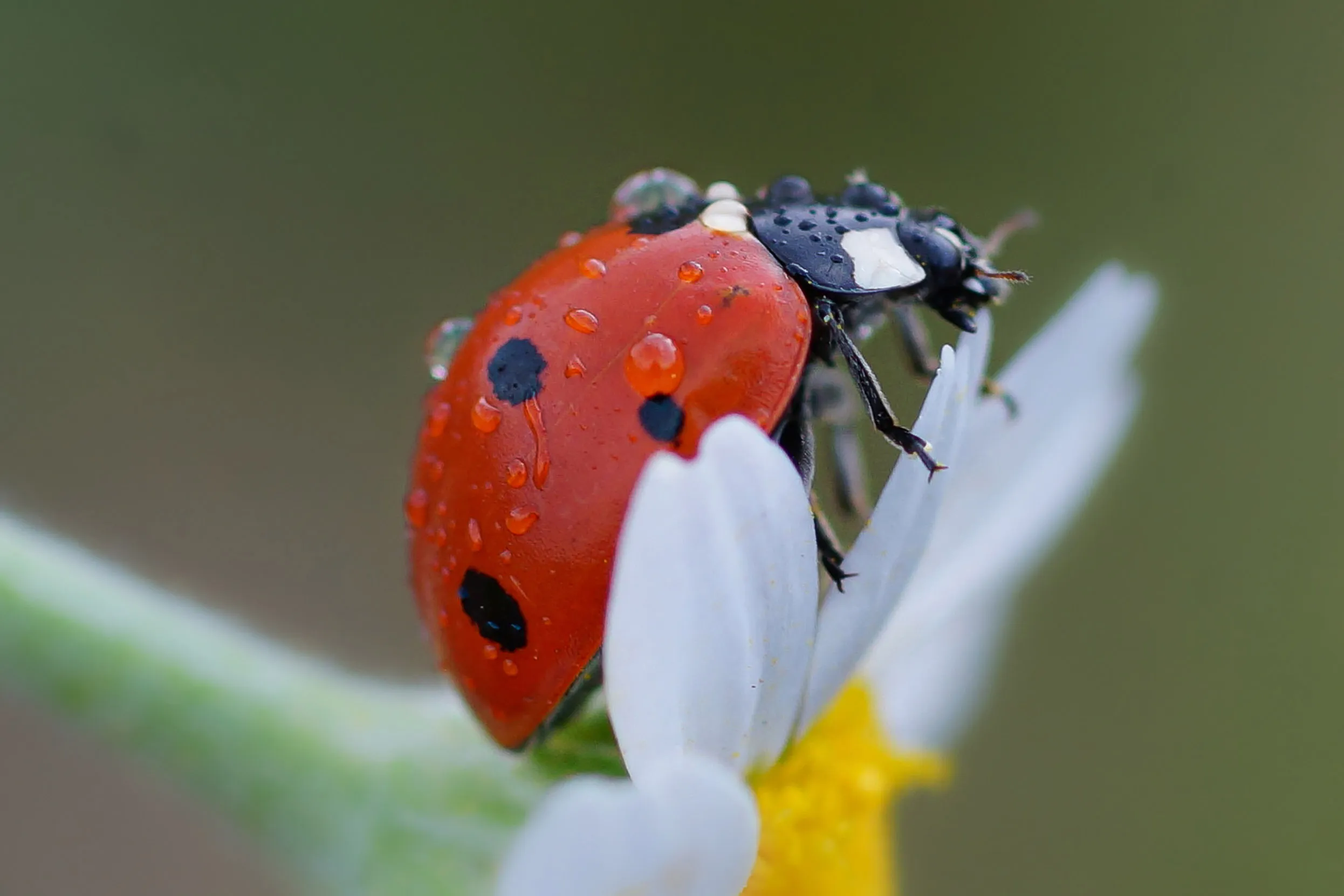Advice
Meet some remarkable winter raptors
Get to know birds of prey with our guide to what you could see in winter.
Sometimes 'pests' can get a bit out of hand and many people are tempted to reach for the bug killer. Fortunately, there is a better, more nature-friendly way.

Sometimes creepy crawlies in the garden can get a bit out of hand. Many people have a particular nemesis that they struggle with. These critters tend to be labelled as ‘pests’, and many people reach for the bug killer. It might seem like the easy solution, but there are some real problems with this approach.
Watch as our wildlife gardening guru, Adrian Thomas, guides you through how to avoid using pesticides in your garden.
Most pesticides don't discriminate. They are likely to not only kill your target species but also harm all sorts of other wildlife, including the ones you want to stick around.
Blasting lots of minibeasts with chemicals also removes potential food for other wildlife. For example, if you have no aphids then what will ladybirds or hoverfly larvae or lacewings feed on?

How do you deal with ‘pest’ problems if you ditch the nuclear option? First, think about why the problem occurred.
Using insecticides on your green space will only address the symptom, not the cause. Population booms in the garden only happen because we have created the environment that fulfills their needs.
You can help the situation by mixing up what you grow. If you grow rows and rows of one thing, chances are that some creepy crawlies will take a liking to it.
But if you grow a variety of plants, all mixed together, pests won’t have such a free for all. This is called polyculture and is part of the ethos of companion planting.
If you grow flowers like marigolds in between your lines of vegetables, they can provide nectar for hoverflies whose larvae then eat the aphids. The scent of the marigolds can also discourage vegetable-eating insects, so it’s win-win.
By encouraging natural predators of any specific pest into the area, the pest in question will be controlled. Ladybirds, lacewings, frogs, Hedgehogs and birds are all great at limiting numbers of garden pests such as aphids and slugs.

Many potential garden pests are sensitive to specific features. Slugs for example do not like copper piping or the sharp edges of eggshells, so surrounding plants with such materials may keep many species away. Other methods to keep pests away are plastic bottles and straw around the base of plants.
This activity is part of Nature On Your Doorstep – our call-to-arms to transform your outdoor space (window boxes welcome!) into a wildlife haven.